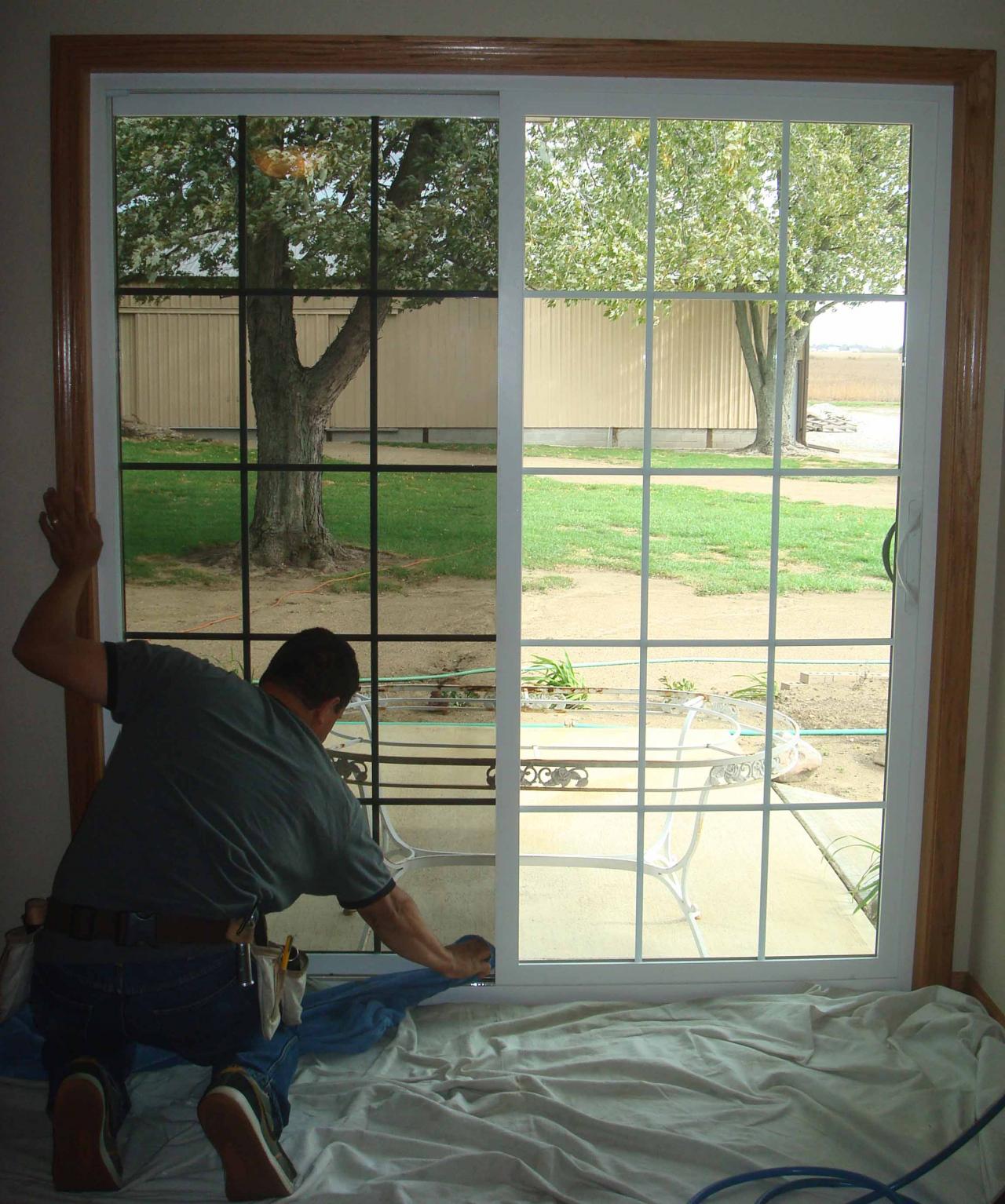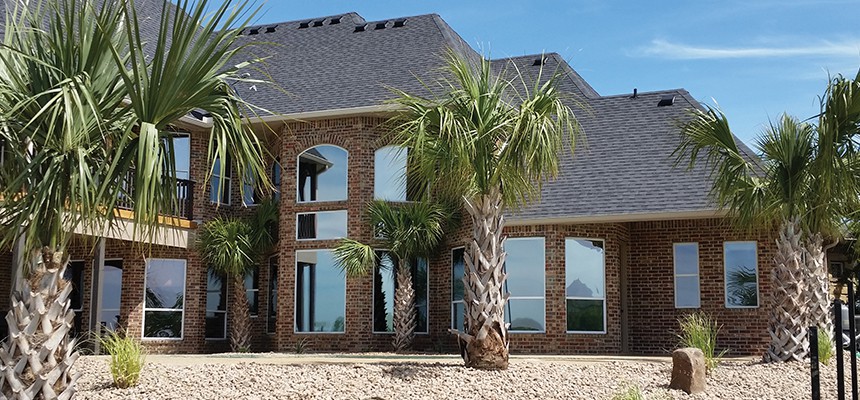Residential Window Tint: Maintain Your Home Cool in the Summer Season Heat
Residential Window Tint: Maintain Your Home Cool in the Summer Season Heat
Blog Article
How Residential Home Window Tinting Improves Your Home's Energy Efficiency
Residential window tinting provides an engaging solution for homeowners seeking to improve power effectiveness within their space. By using specialized movies to home windows, it effectively decreases heat transfer, therefore maintaining indoor temperatures and reducing the demand for too much home heating or air conditioning. This not just cuts power consumption however likewise provides an extra comfortable setting by mitigating glare. Comprehending the subtleties of just how tinting works and picking the proper type for your home can be pivotal. Curiously, what aspects should one take into consideration before making this financial investment?
Comprehending Home Window Tinting
Understanding home window tinting is vital for property owners seeking to enhance both comfort and power performance in their space. Residential Window Tint. Window tinting entails the application of a thin film to the inside or outside surface of glass windows. This film can significantly modulate the amount of sunshine and warm that enters a home, thus influencing indoor environment conditions
There are numerous types of window tinting films offered, each with distinctive residential or commercial properties. The performance of window tinting is frequently gauged by its Visible Light Transmission (VLT) percent, which suggests exactly how much light can pass through the movie.
Advantages of Energy Efficiency
Home window tinting not only enhances appearances yet also plays a considerable role in improving power effectiveness within domestic rooms. By decreasing warm transfer with home windows, colored movies produce a much more secure interior climate, which can cause substantial decreases in power consumption for home heating and cooling. This energy effectiveness equates right into reduced energy bills, offering homeowners with considerable long-term savings.

Additionally, home window tinting improves the comfort of living areas. By reducing glow and blocking damaging UV rays, colored home windows produce a more enjoyable setting, which can cause improved well-being for passengers. The defense versus UV rays likewise aids preserve furnishings and floor covering from fading, adding to the long life of family products.
Exactly How Tinting Works
Tinting movies operate with a mix of advanced products and technologies made to regulate the quantity of solar power entering a home. Mostly composed of polyester, these movies commonly incorporate metallic or ceramic fragments that soak up and show heat. This double ability allows them to considerably reduce the penetration of ultraviolet (UV) rays and infrared radiation while permitting noticeable light to travel through.
The efficiency of home window tinting is measured by its solar warmth gain coefficient (SHGC), which shows just how much solar power is sent through the window. Reduced SHGC values are more effective as they signify greater heat being rejected. In addition, window tints can include a range of shades, allowing homeowners to customize their visual choices while enhancing energy efficiency.
Moreover, these movies work as an obstacle, avoiding warm loss during colder months by mirroring interior heat back into the space. This thermal insulation result matches the air conditioning advantages gained throughout warmer months, contributing to a balanced indoor climate year-round. By taking care of solar power effectively, domestic window tinting not just boosts convenience yet additionally plays an important duty in lowering power usage and decreasing utility bills.
Choosing the Right Tint

There are various kinds of window films offered, consisting of dyed, metalized, and ceramic. Ceramic movies provide exceptional heat control without compromising presence and are extremely durable, making them a prominent choice.
Visible light transmission (VLT) is one more important element, as it shows the amount of all-natural light that can pass with the tinted glass. Home owners Full Article must choose a tint with a VLT that complements their illumination choices while still giving adequate glow i loved this decrease.
In addition, evaluating the solar warmth gain coefficient (SHGC) can assist determine exactly how well a color can obstruct warmth from sunlight. A lower SHGC suggests much better warm control, ultimately boosting energy effectiveness.
Installation and Upkeep Tips
Proper setup and upkeep are essential elements in making the most of the benefits of residential window tinting. To accomplish optimal results, it is suggested to hire a certified expert for installation. This guarantees that the tint is used appropriately, preventing air bubbles, wrinkles, or imbalance that might endanger performance. Professionals also use specialized tools and techniques, which can boost the resilience and effectiveness of the color.
Complying with installation, upkeep is vital to extend the life of the window film. It is advised to wait a minimum of one month before cleaning the tinted home windows to allow the glue to heal totally. When cleaning, utilize a soft fabric and a gentle, ammonia-free cleaner to stay clear of harming the film. Stay clear of unpleasant products that can scratch the sites surface.
Addressing these problems immediately can stop additional damage and maintain power performance. By adhering to these installation and upkeep ideas, house owners can ensure their window tinting proceeds to provide significant energy savings and convenience for years to come.
Conclusion
In final thought, domestic window tinting offers as a reliable service for enhancing energy efficiency within homes. By lowering warm transfer and blocking harmful UV rays, home window films contribute to decrease power consumption and boosted indoor comfort. The option of proper tinting materials, in addition to appropriate installment and upkeep, further takes full advantage of these advantages. Ultimately, window tinting represents a lasting financial investment that not only lowers energy bills however likewise promotes a comfy living environment throughout the year.
Home window tinting includes the application of a slim film to the interior or outside surface of glass windows. By reducing warm transfer via windows, colored films produce an extra stable indoor climate, which can lead to considerable decreases in energy consumption for heating and air conditioning.The performance of window tinting is gauged by its solar warmth gain coefficient (SHGC), which indicates how much solar energy is transferred with the home window. By managing solar energy efficiently, residential window tinting not only enhances convenience yet also plays a crucial function in lowering energy intake and decreasing energy costs.
By decreasing warm transfer and blocking damaging UV rays, home window movies add to decrease power intake and boosted interior convenience.
Report this page